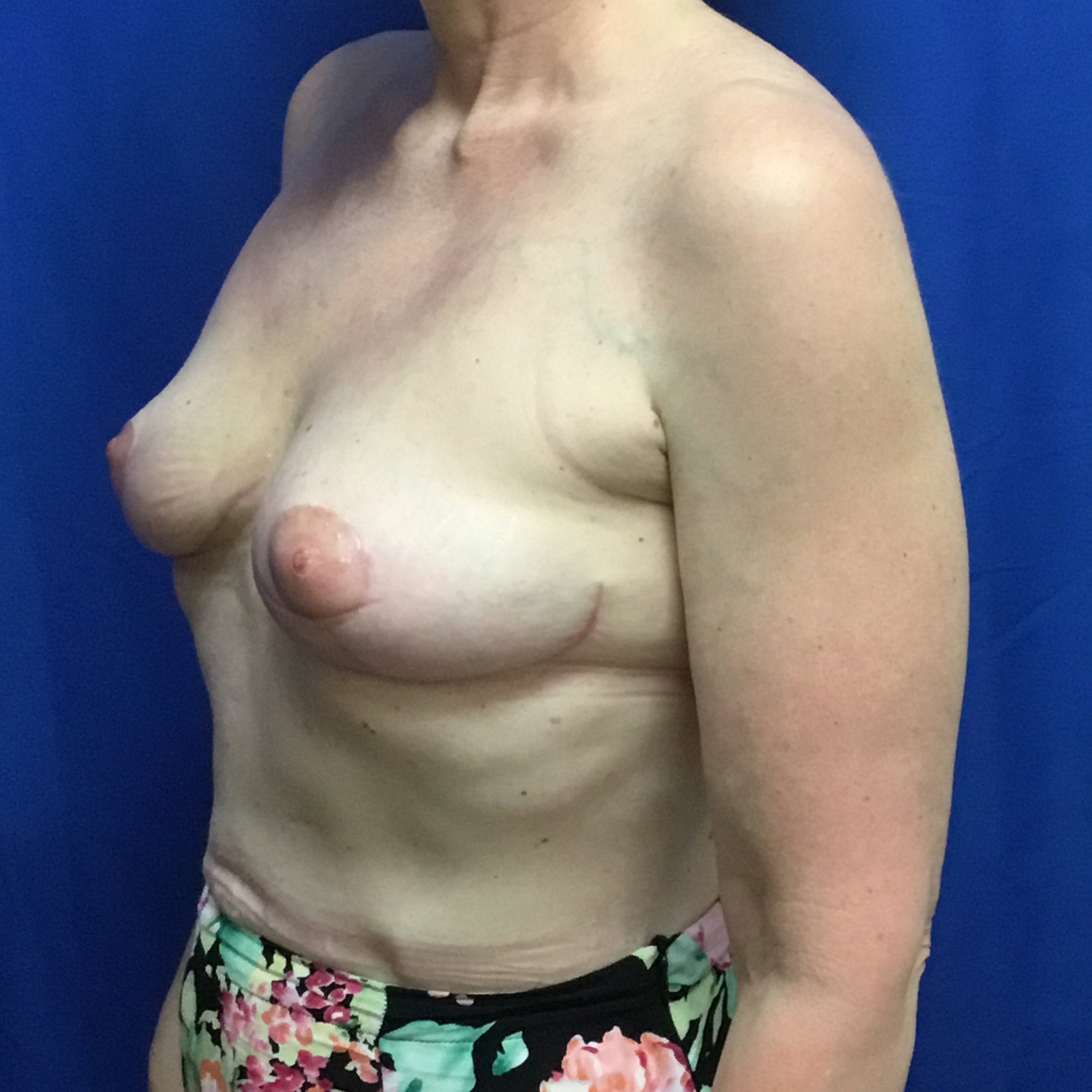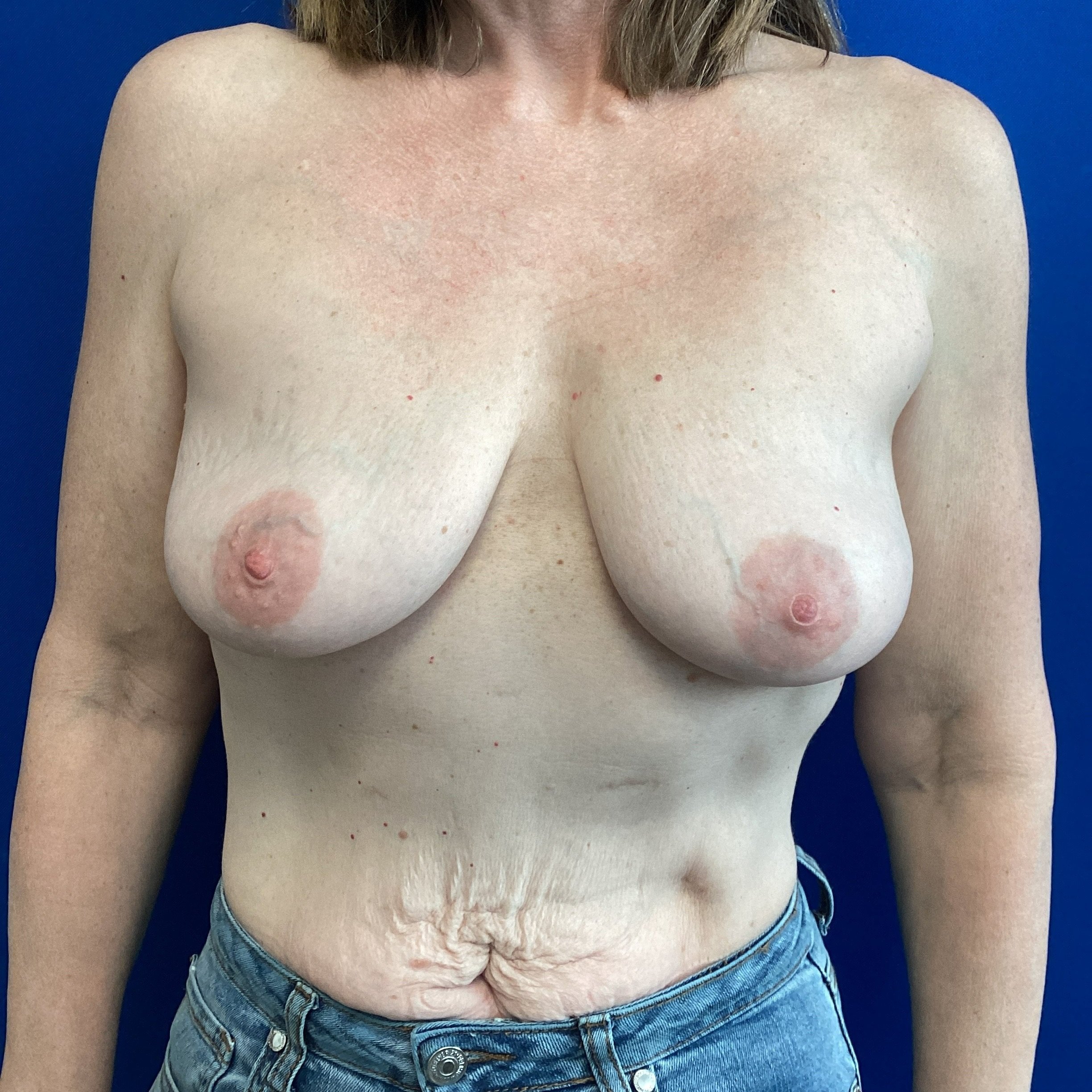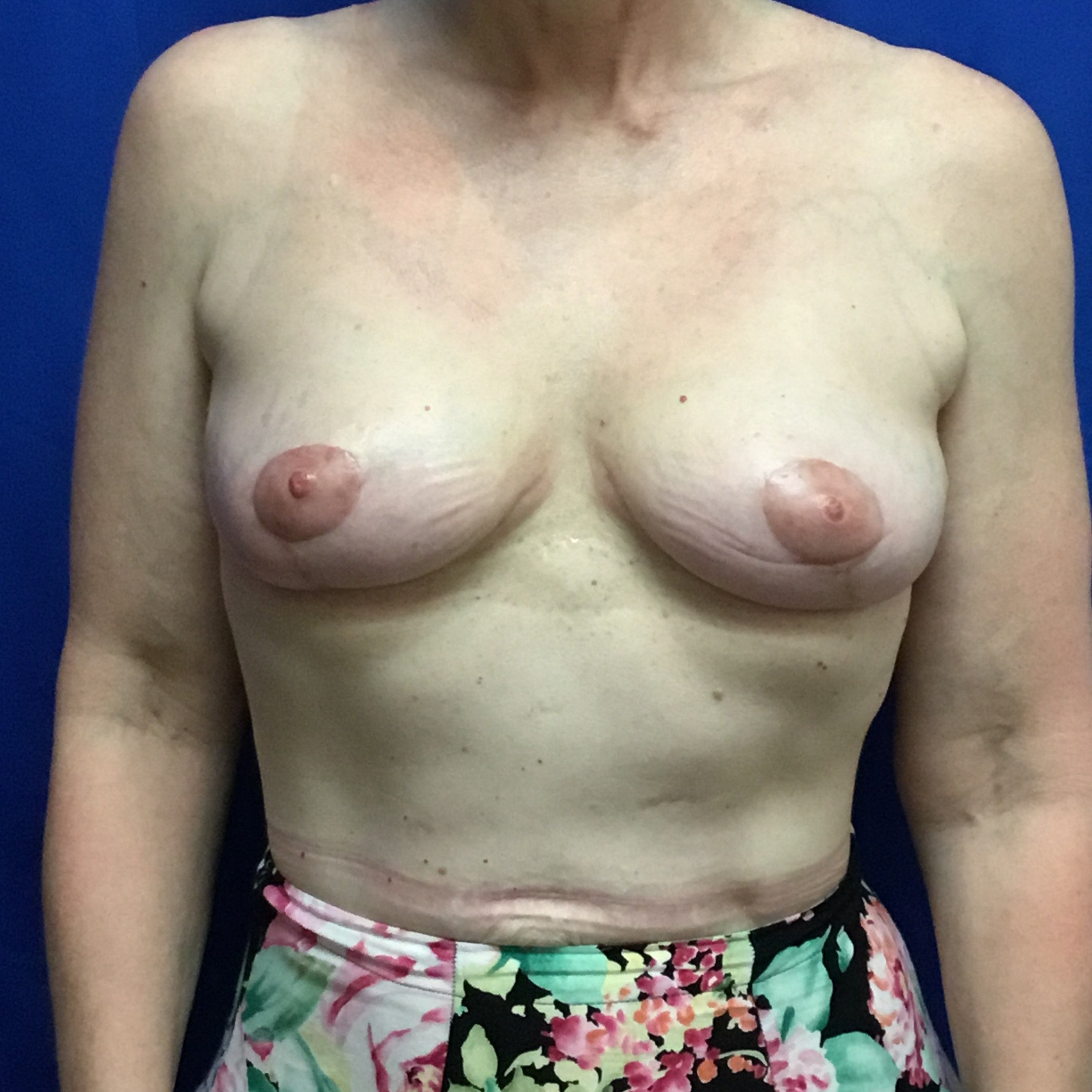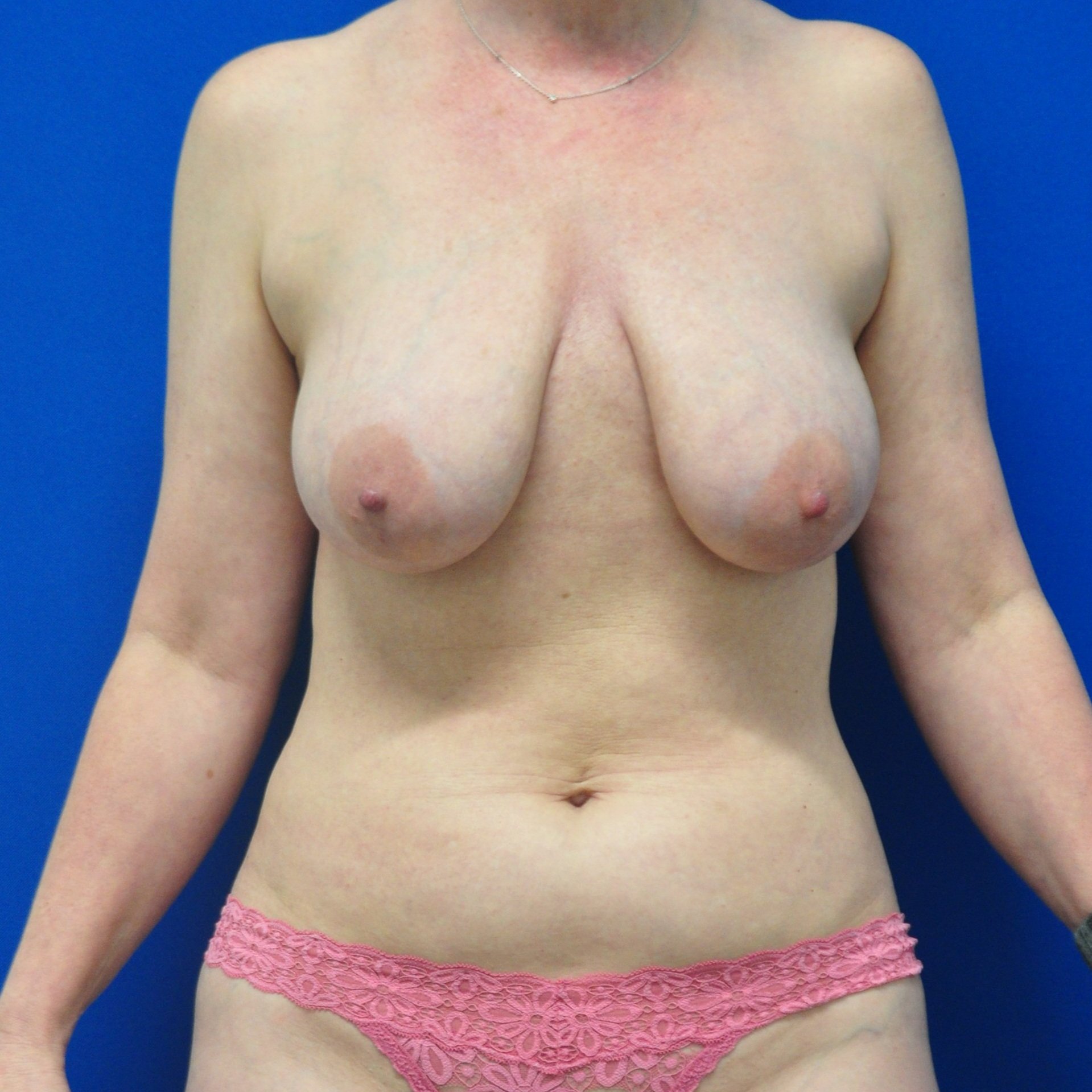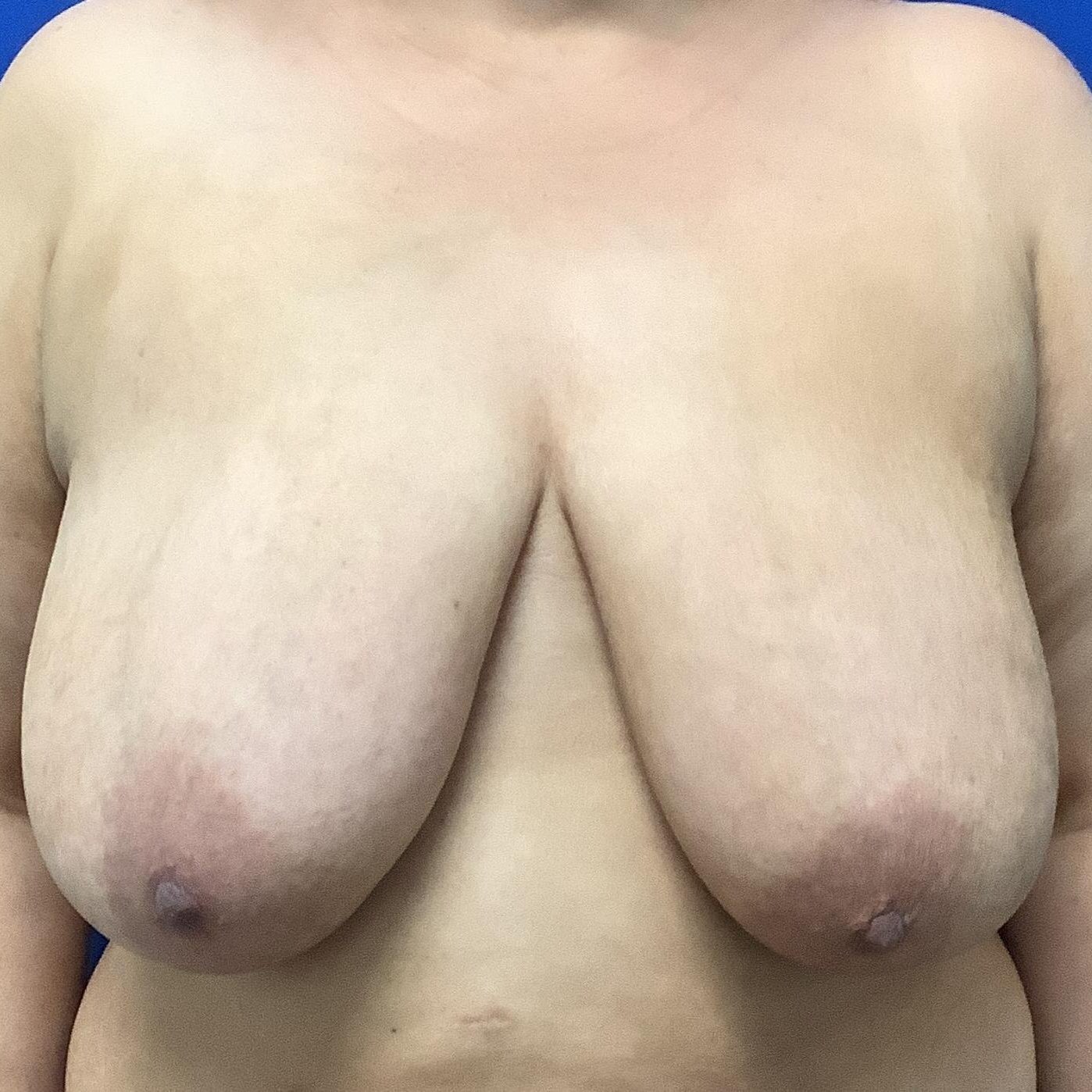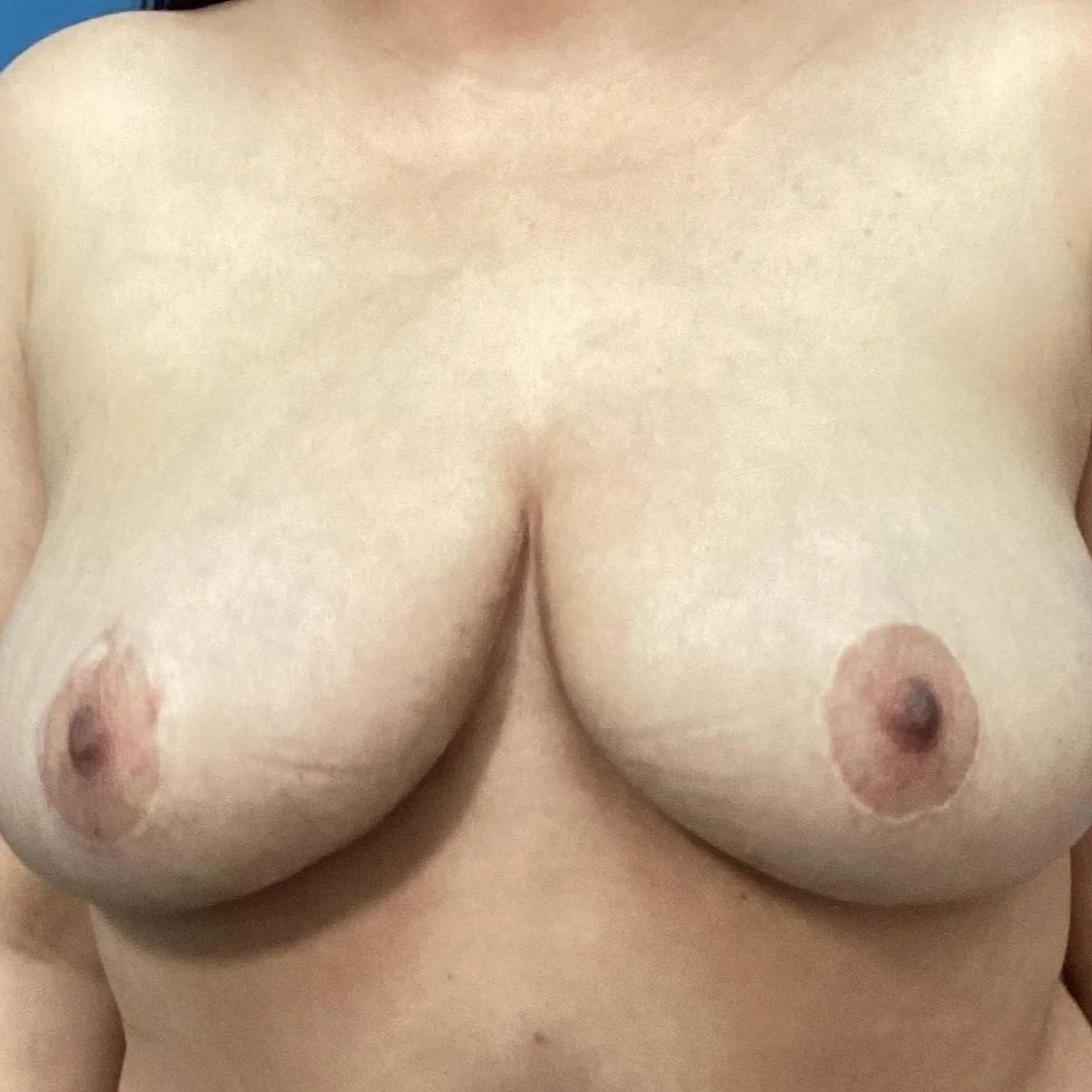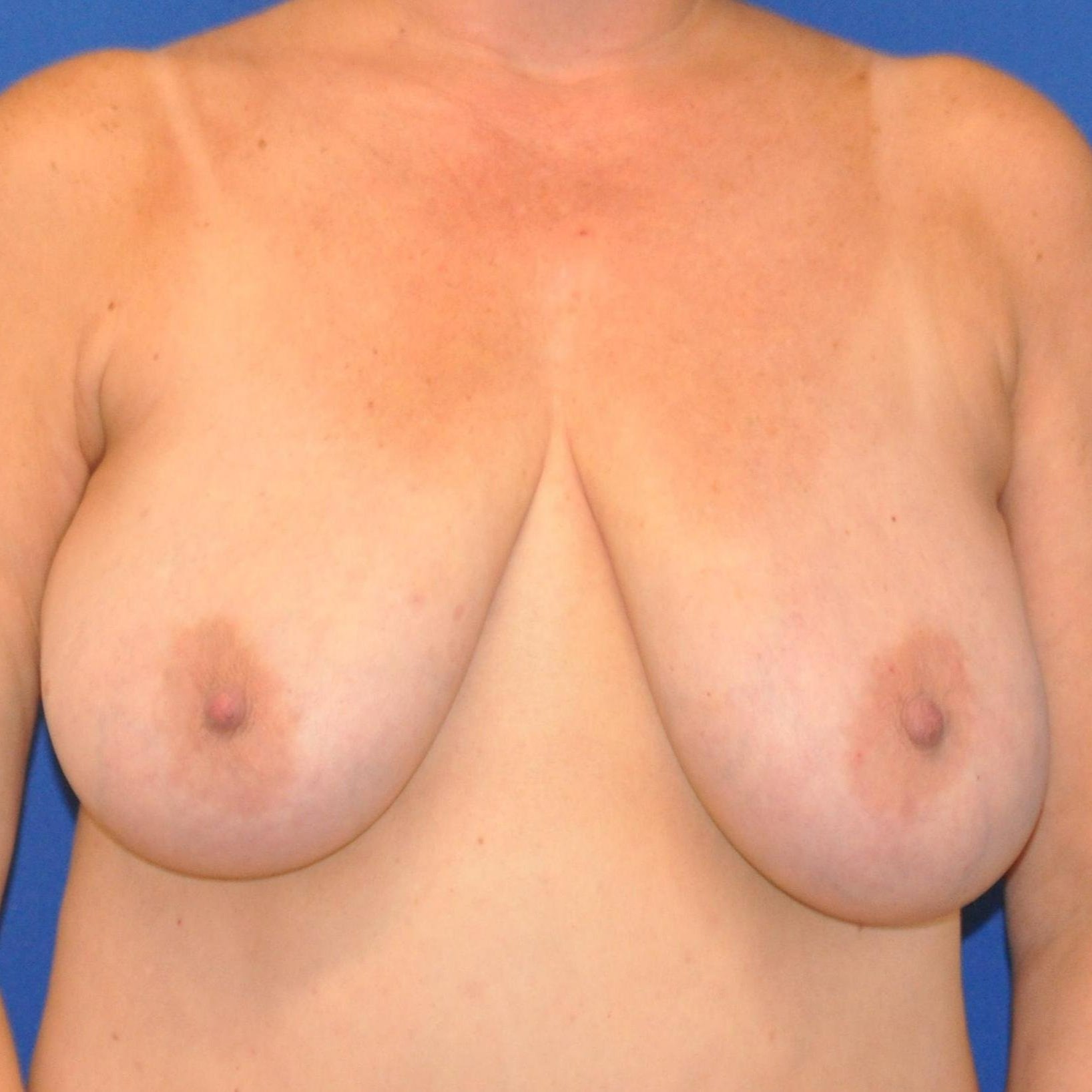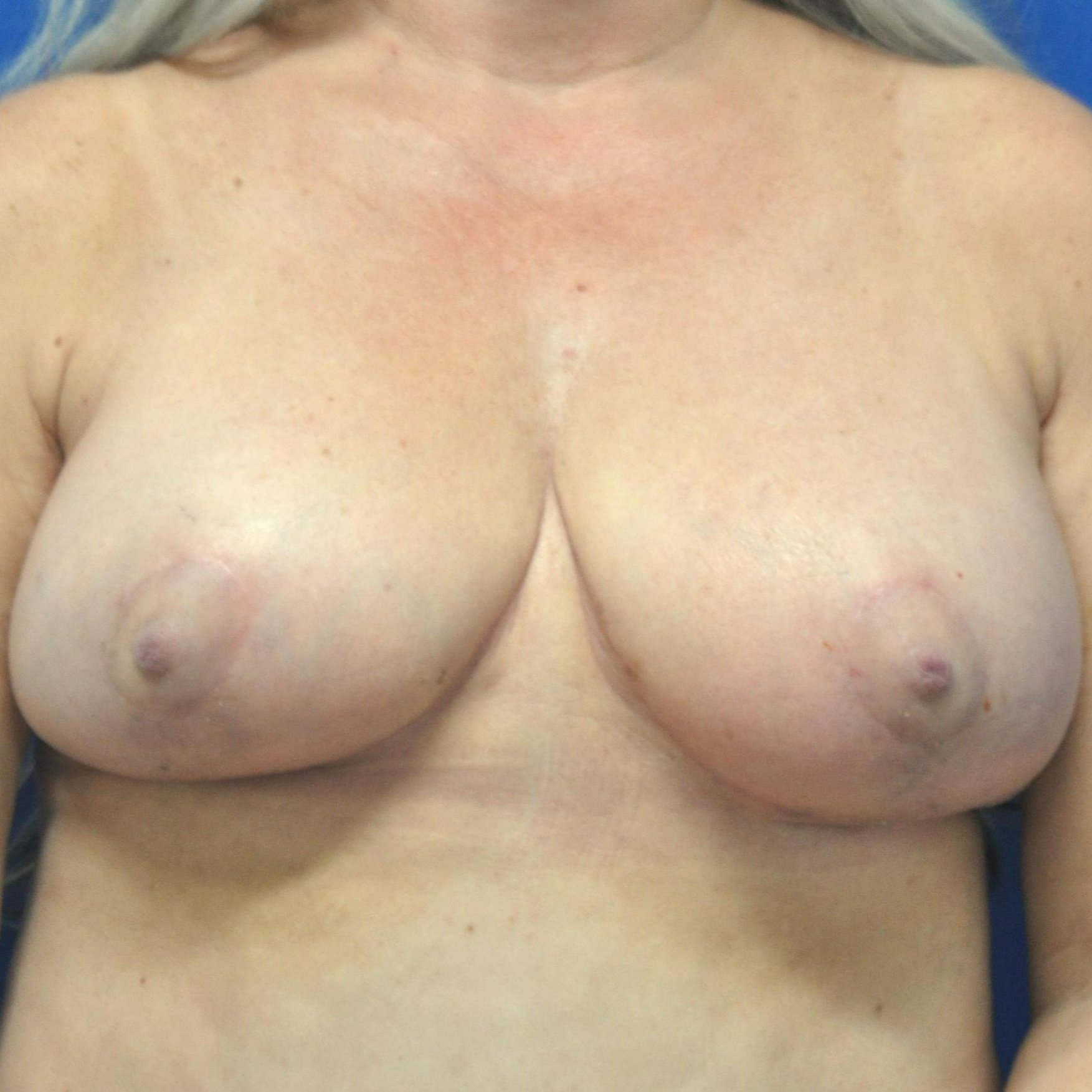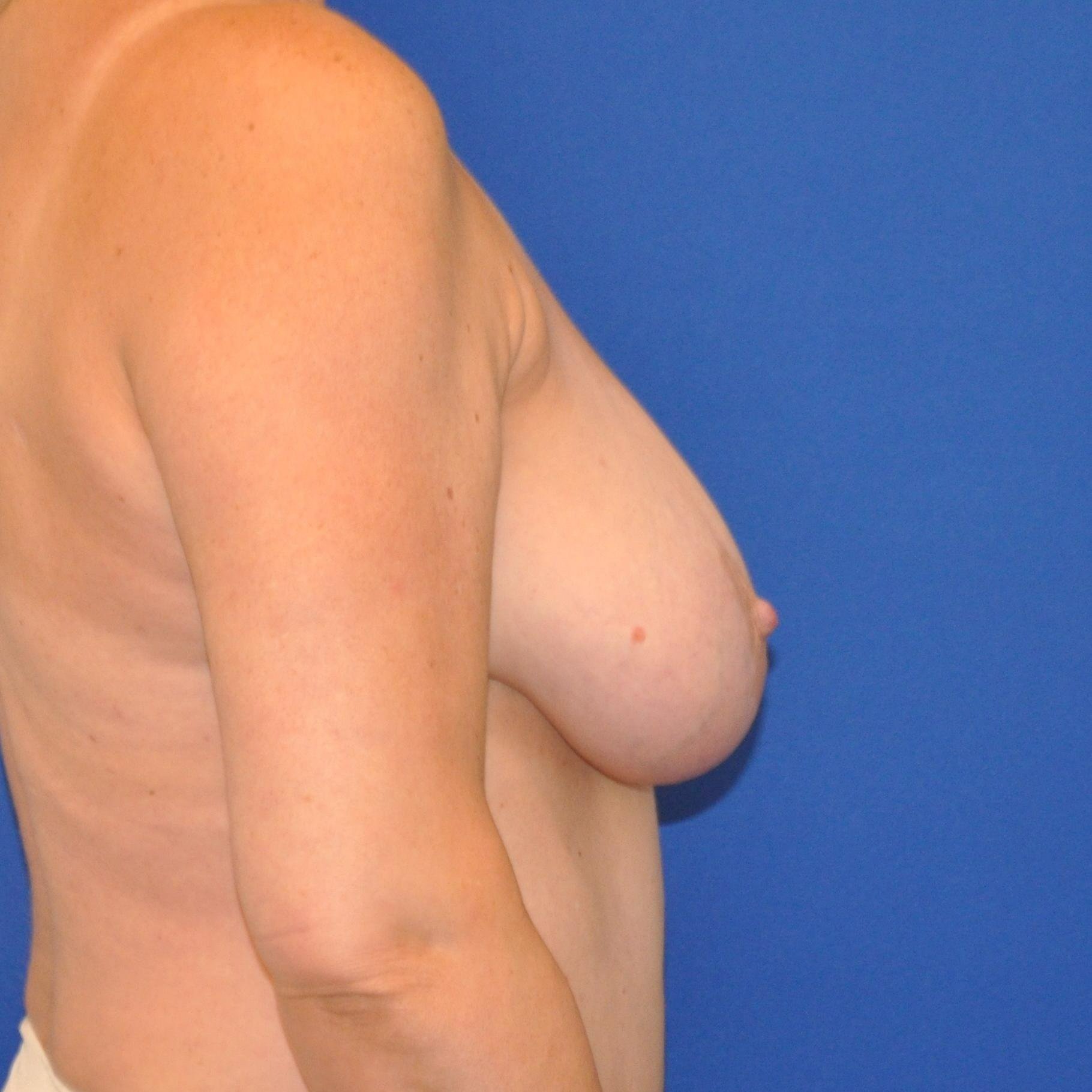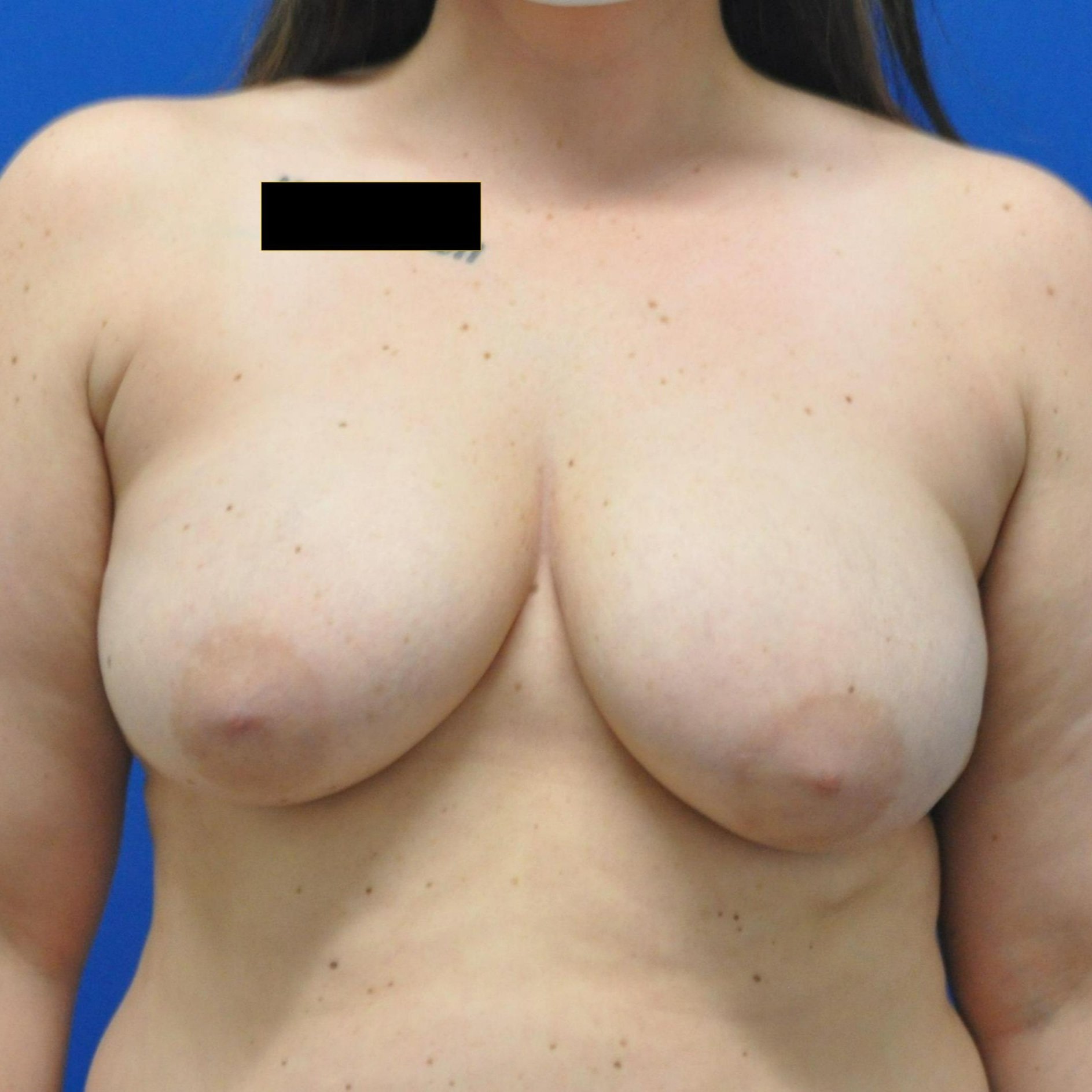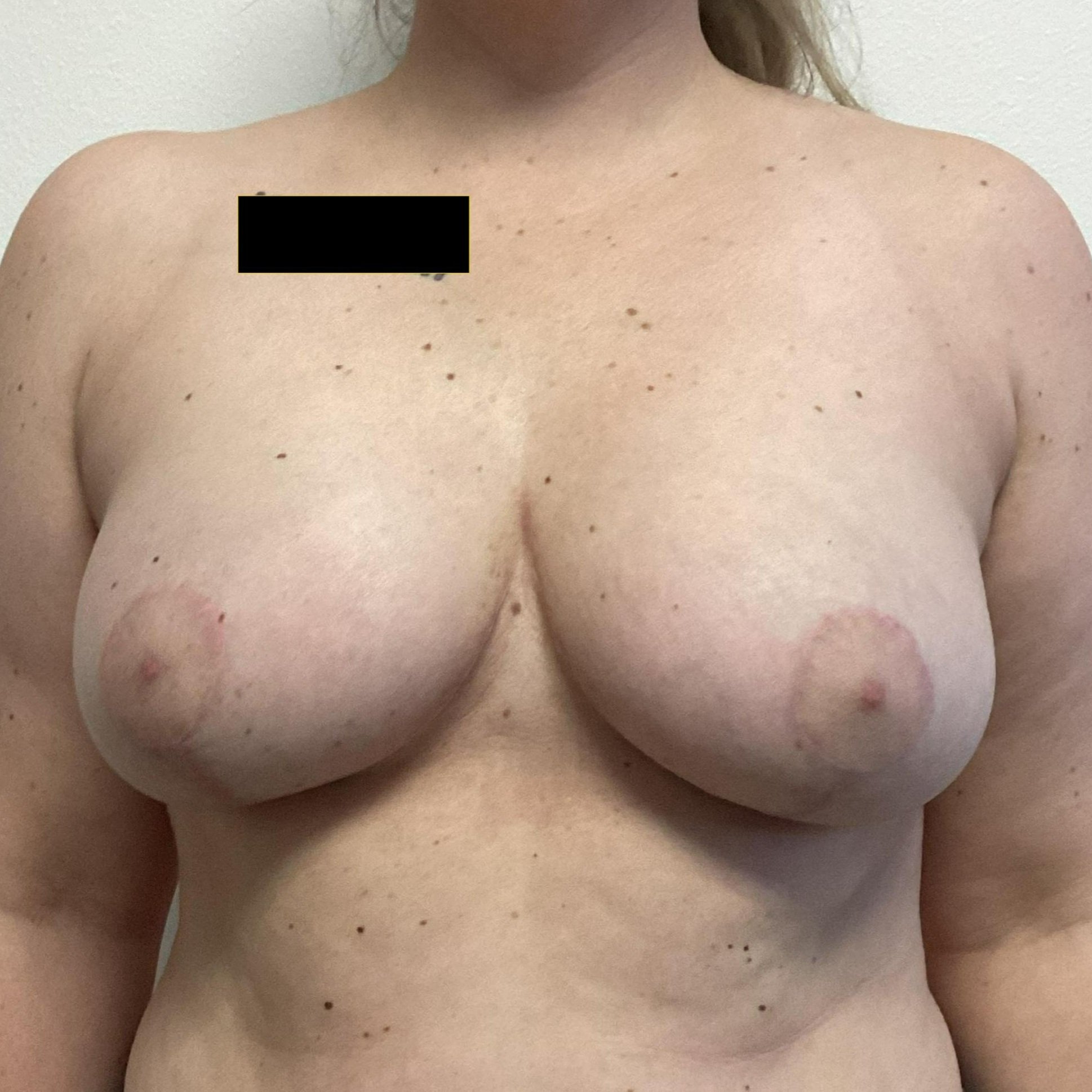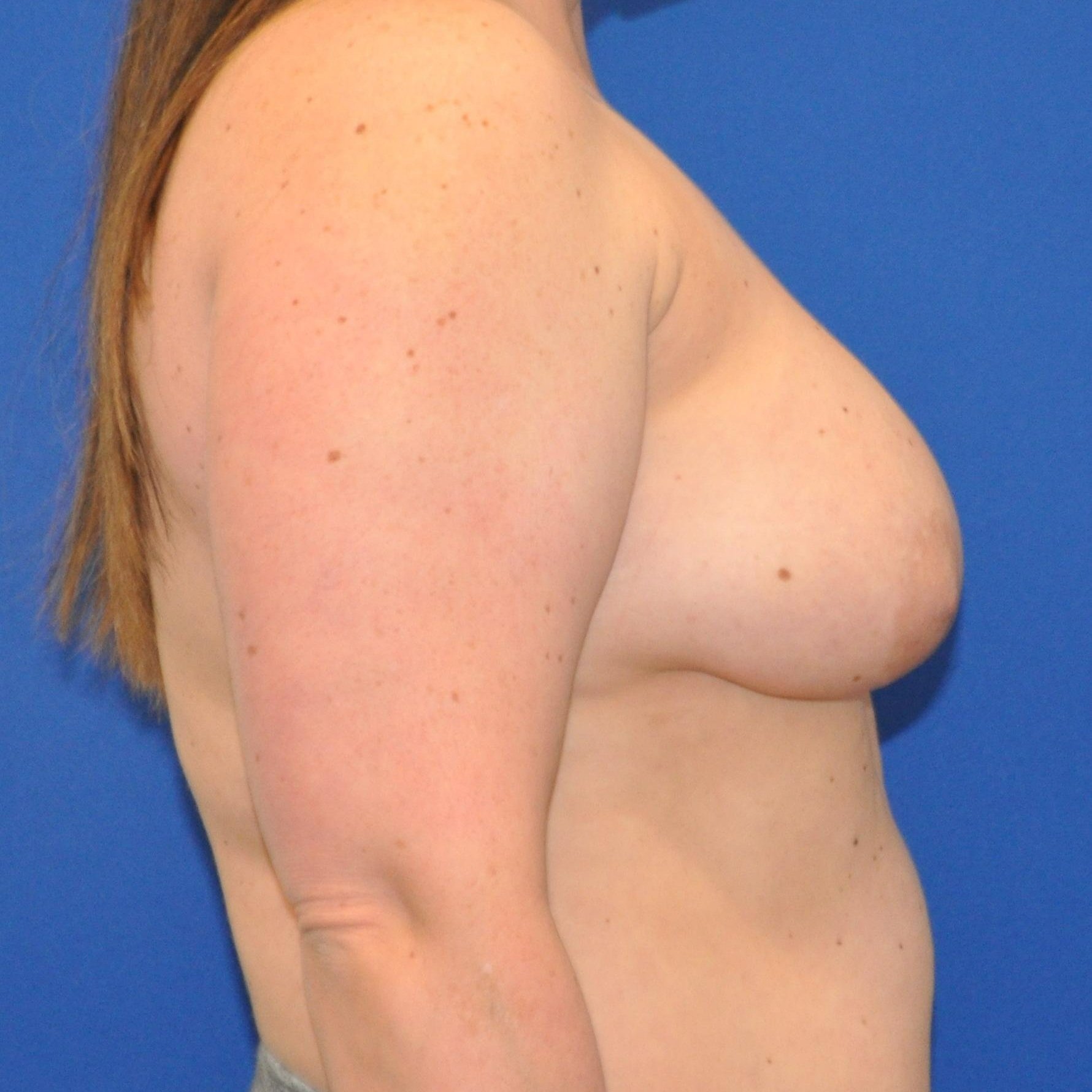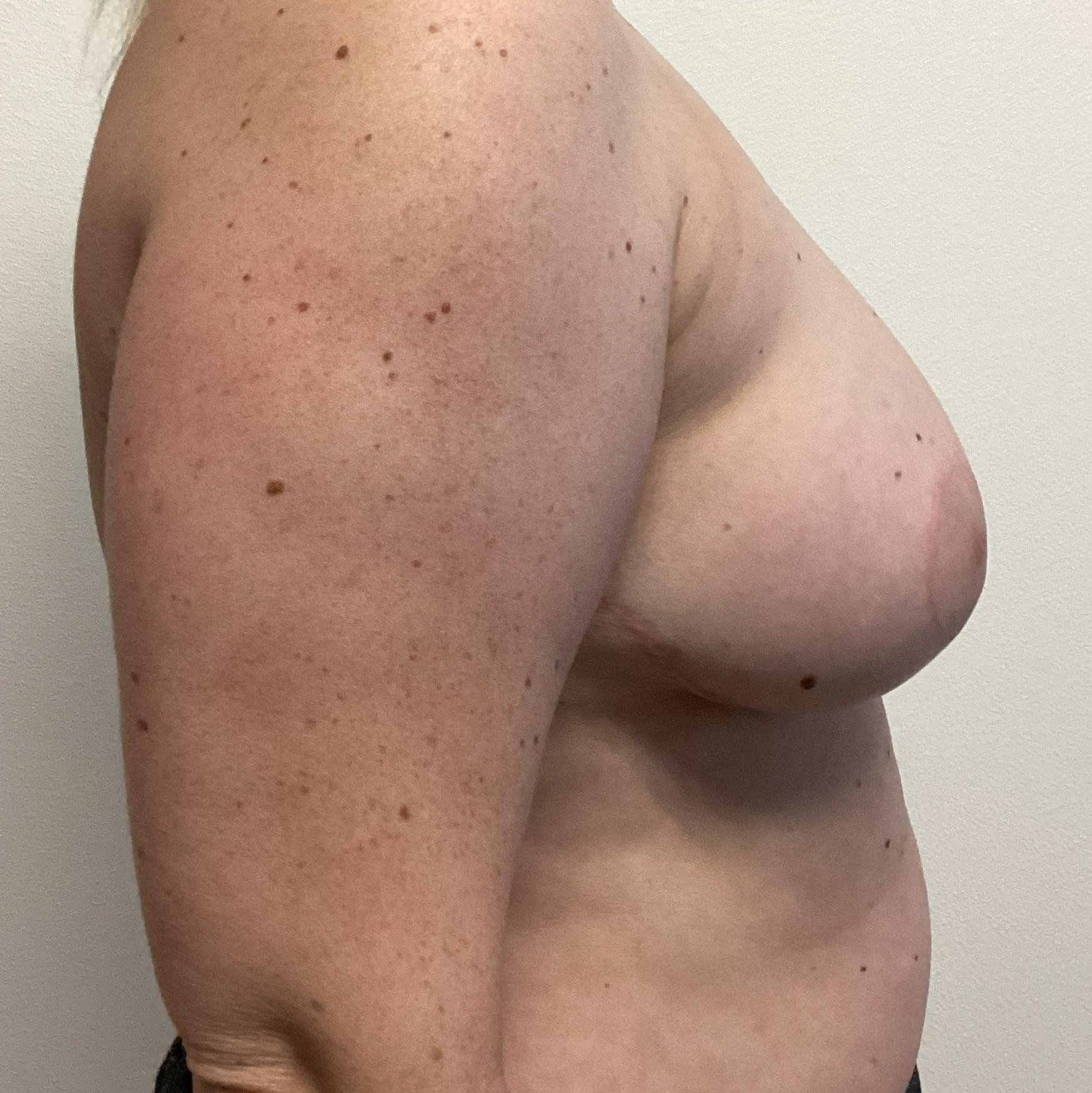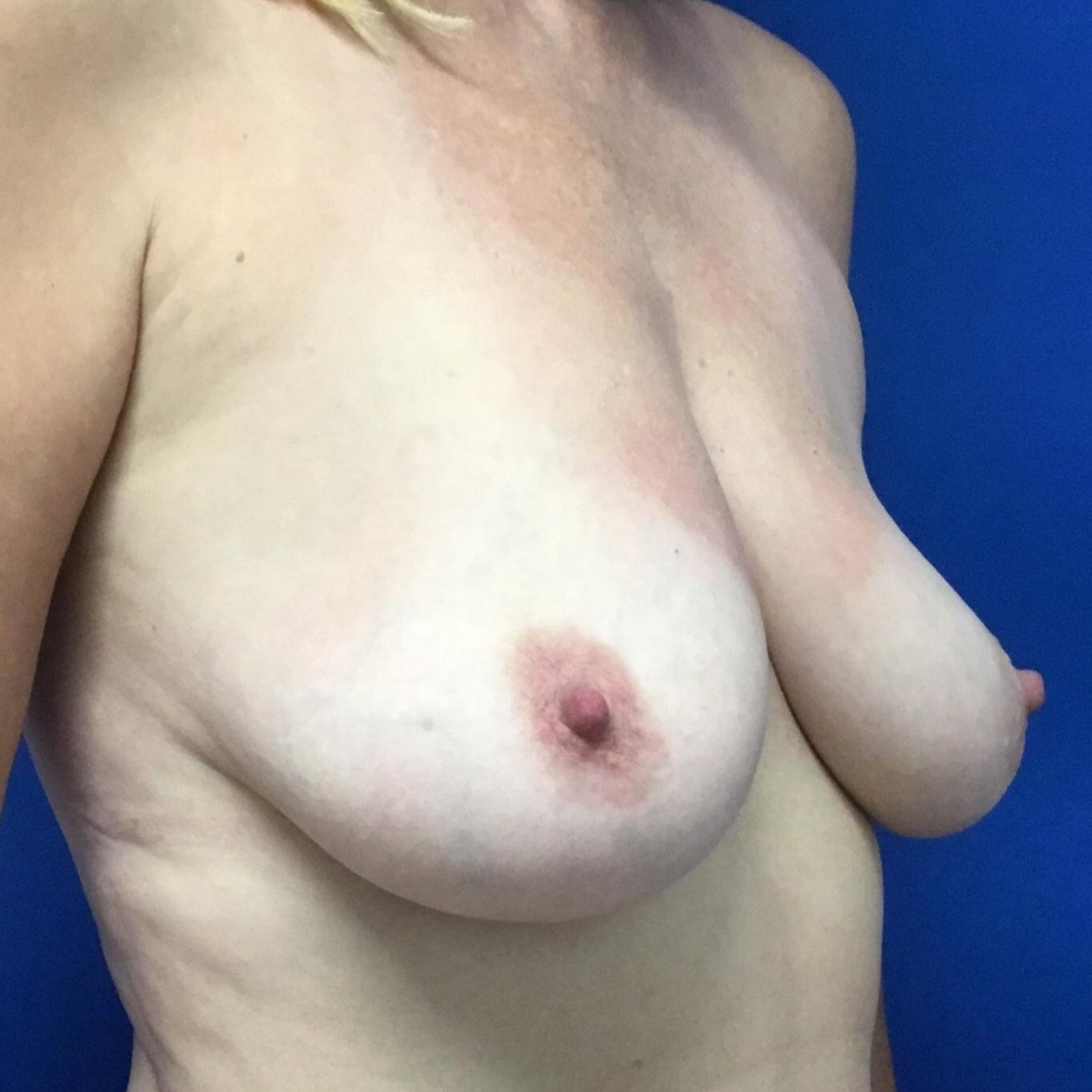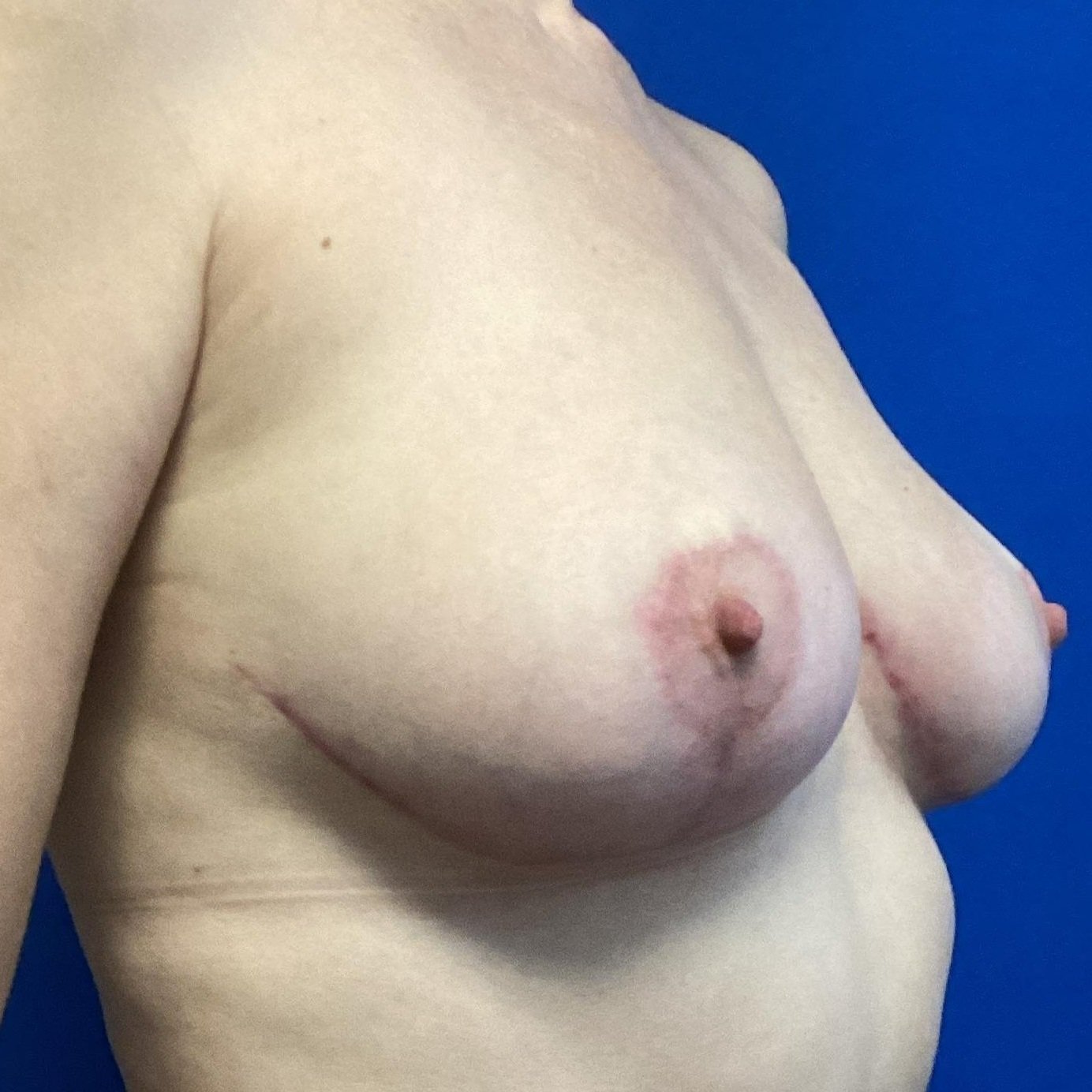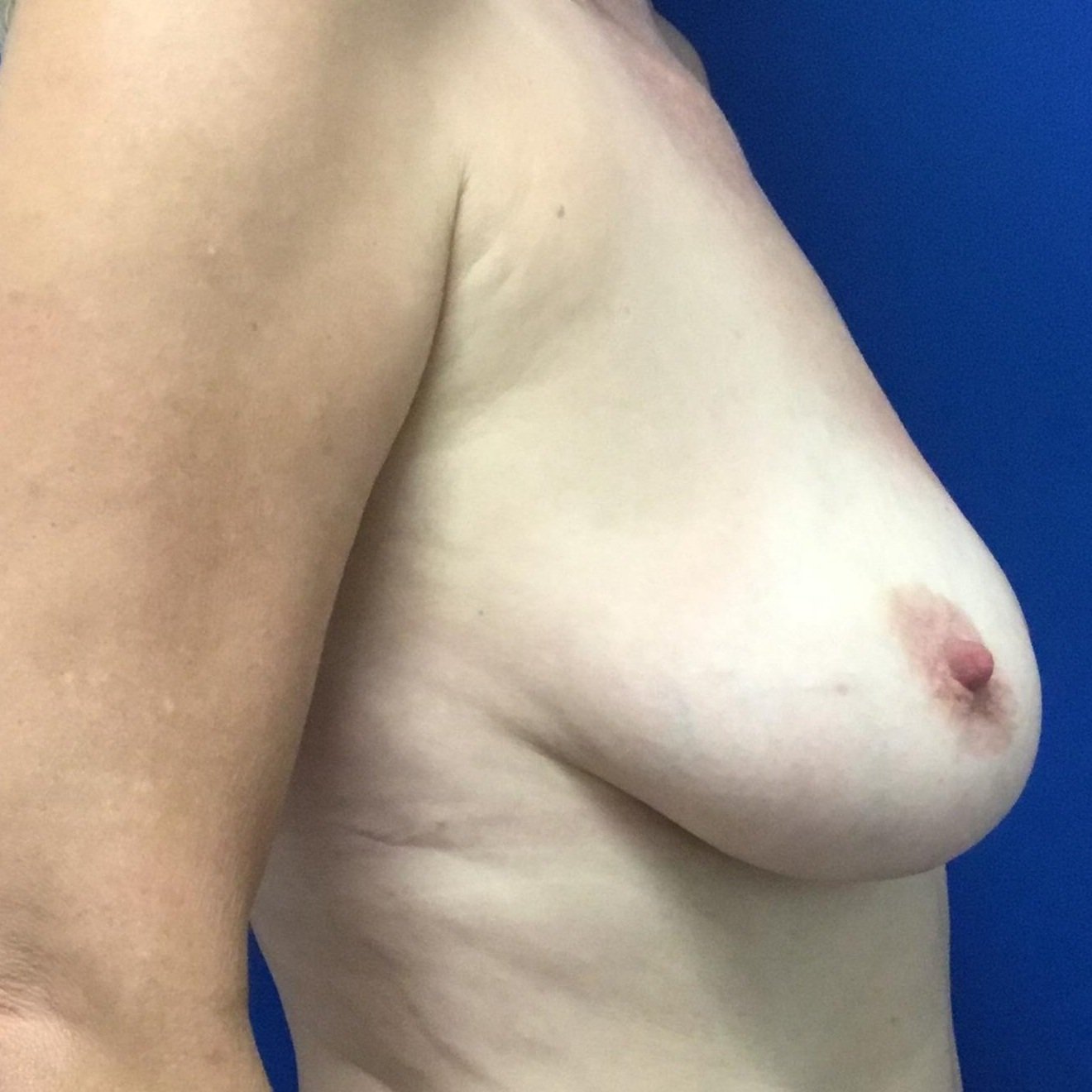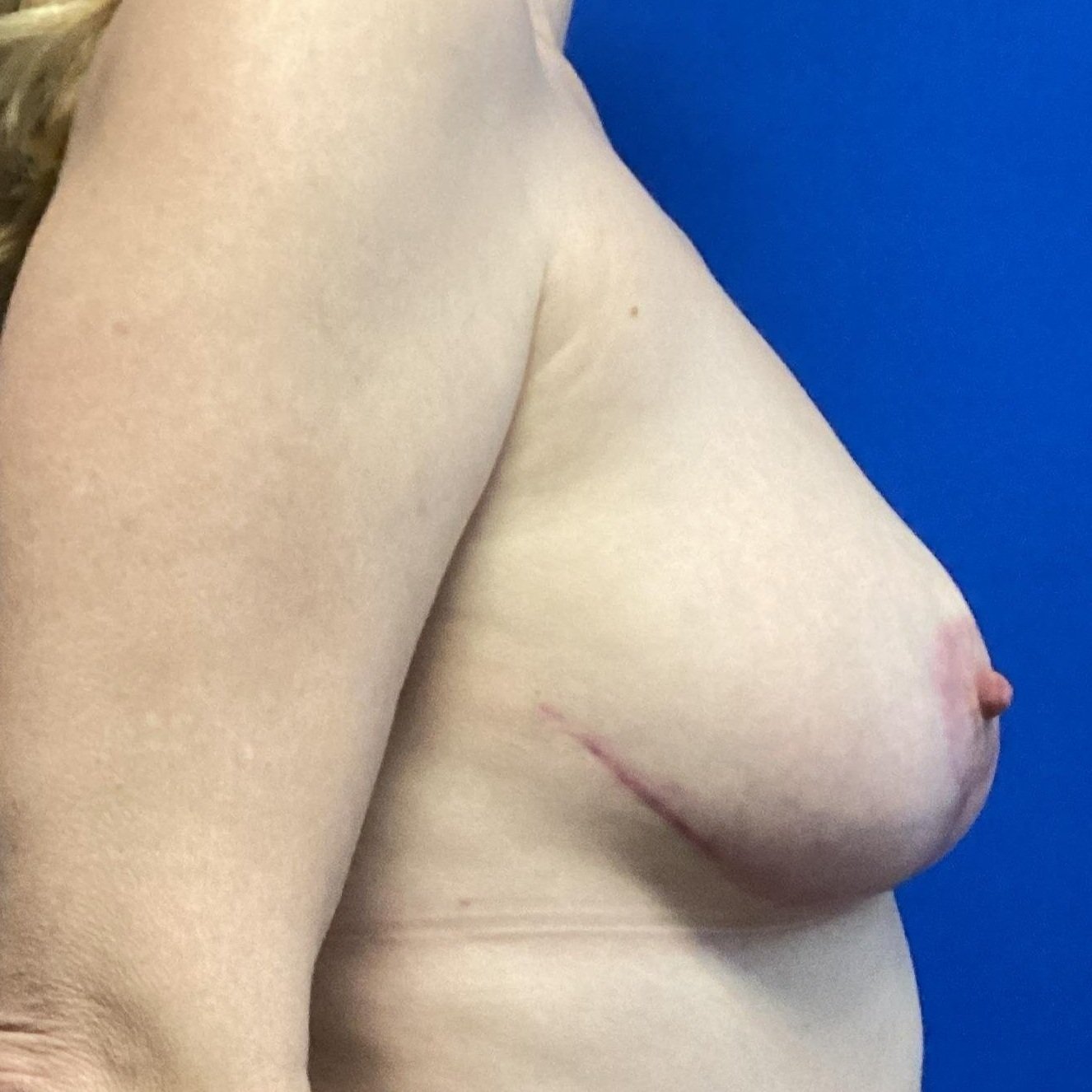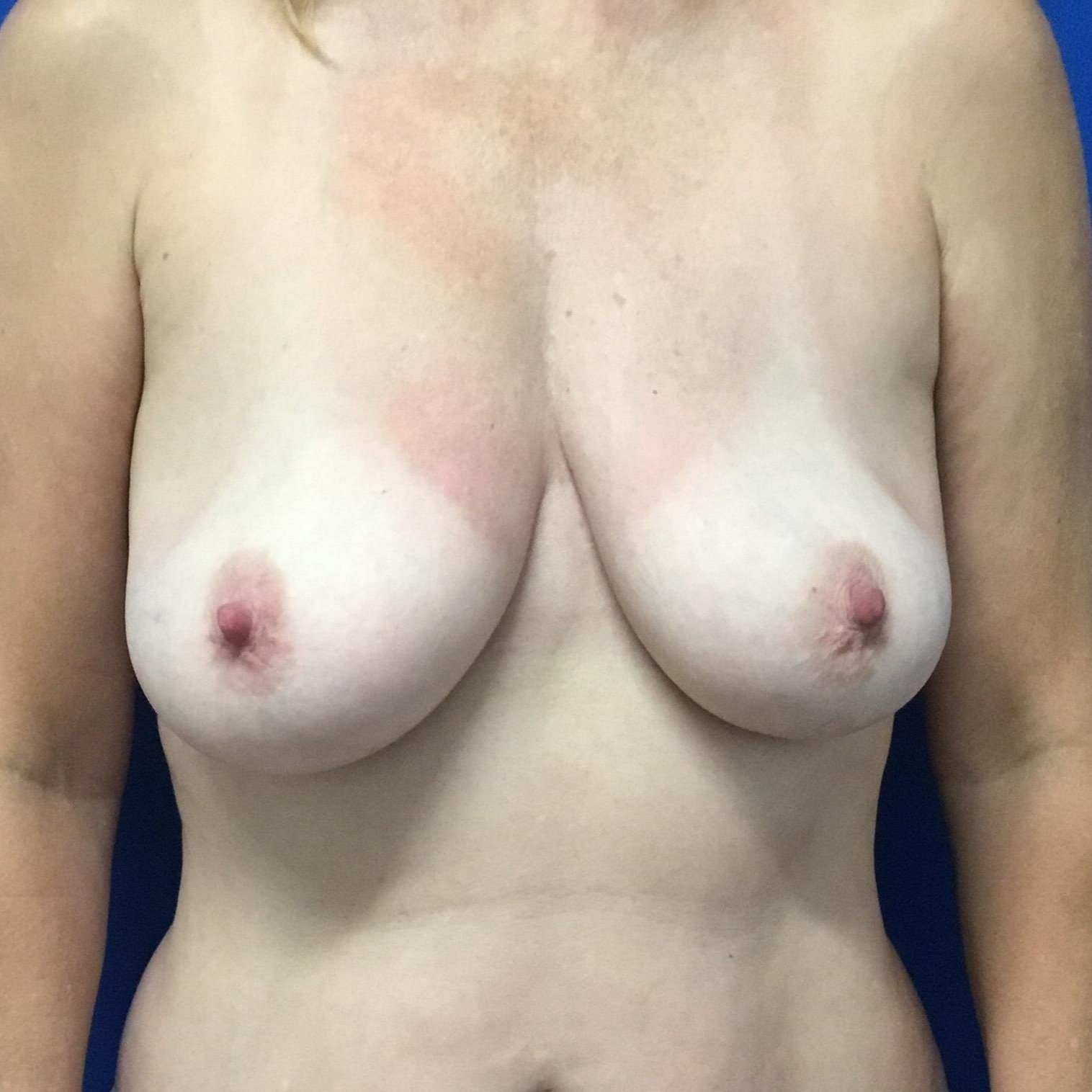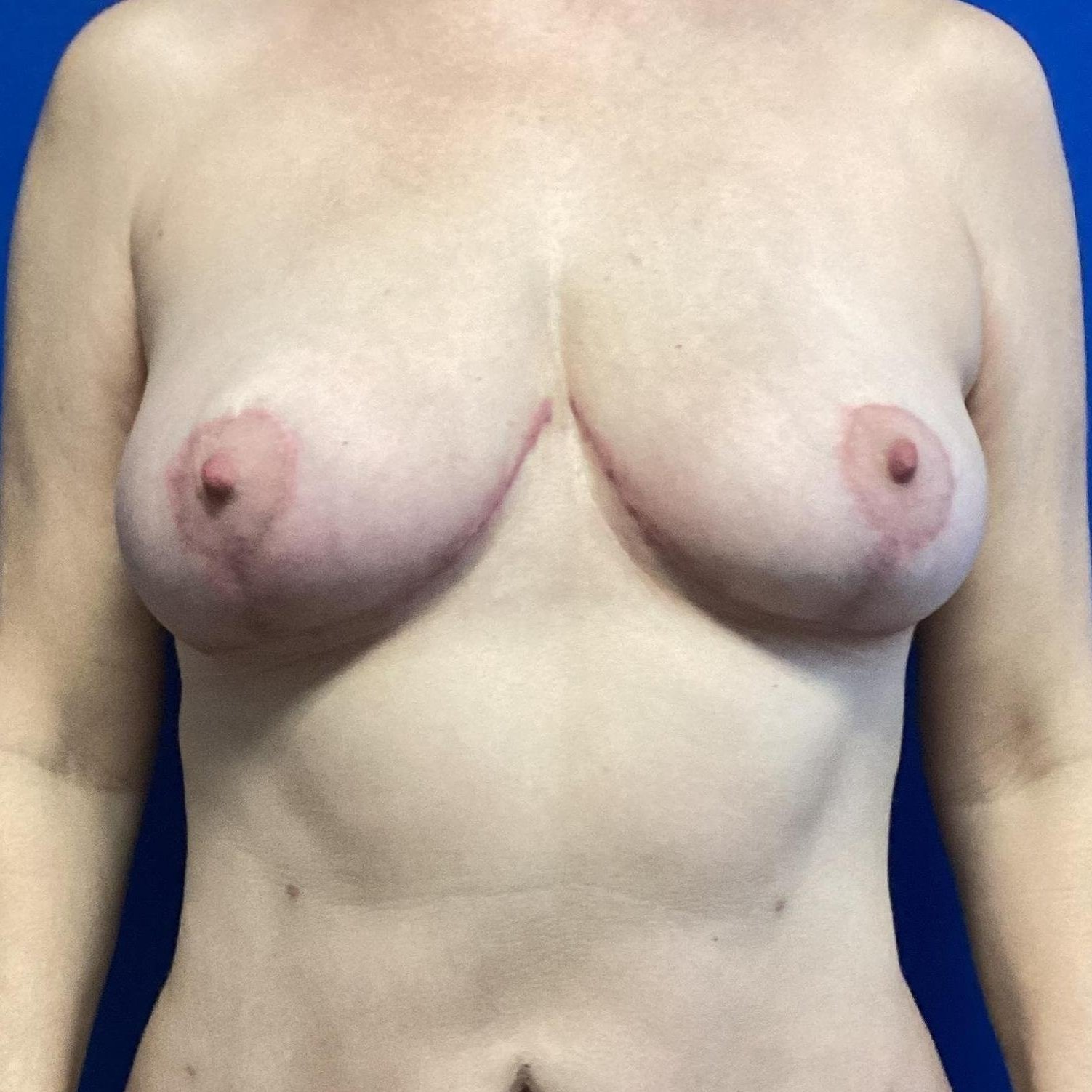Breast Lift Surgery
-
A woman’s breasts often change over time, losing their youthful shape and firmness. Dr. Chris Nichols can reduce the appearance of sagging, drooping breasts and give you a youthful, perky bust.
These changes and loss of skin elasticity can result from:
•Pregnancy
•Breastfeeding
•Weight fluctuations
•Aging
•Gravity
•HeredityA breast lift is a good option for you if:
•You are physically healthy and maintain a stable weight
•You do not smoke
•You are bothered by the feeling that your breasts sag or have lost shape and volume
•Your breasts have a flatter, elongated shape or are pendulous
•When unsupported, your nipples fall below the breast crease
•Your nipples and areolas point downward
•You have stretched skin and enlarged areolas
•One breast is lower than the other -
During your consultation be prepared to discuss:
•Your surgical goals
•Medical conditions, drug allergies, and medical treatments
•Current medications, vitamins, herbal supplements, alcohol, tobacco, and drug use
•Previous surgeries
•If you have a family history of breast cancer
•The results of any mammograms or previous biopsiesYour surgeon may also:
•Evaluate your general health status and any pre-existing health conditions or risk factors
•Examine your breasts and may take detailed measurements of their size and shape, skin quality, and placement of your nipples and areolas
•Take photographs
•Discuss your options
•Recommend a course of treatment
•Discuss likely outcomes of breast lift surgery and any risks or potential complications
•Discuss the use of anesthesia during your breast liftPrior to surgery, you may be asked to:
•Get lab testing or a medical evaluation
•Take certain medications or adjust your current medications
•Get a baseline mammogram before surgery and another one after surgery to help detect any future changes in your breast tissue
•Stop smoking
•Avoid taking aspirin, anti-inflammatory drugs, and herbal supplements as they can increase bleedingBreast lift surgery may be performed in an accredited office-based surgical center, outpatient or ambulatory surgical facility, or a hospital. Be sure to arrange for someone to drive you to and from surgery and to stay with you for at least the first night following surgery.
Be sure to ask Dr. Nichols questions. It’s very important to understand all aspects of your breast lift procedure. It’s natural to feel some anxiety, whether it’s excitement for your anticipated new look or a bit of preoperative stress. Don’t be shy about discussing these feelings with Dr. Nichols.
-
Breast lift surgeries can be achieved by two different incision patterns which will be decided in your consultation. The incision pattern will be based on the current size and shape of your breast, degree of ptosis, skin quality, and size and position of your areolas. Dr. Nichols uses the “Weise” and “No Verttical” incision patterns most commonly.
ANESTHESIA
Our anesthesiologist will meet with you on the day of your procedure to discuss the type of sedation that will be used. All major surgical procedures at Pearl Plastic Surgery are done under general anesthesia.RESHAPING YOUR BREAST
After the incisions are made on your breast Dr. Nichols will use your underlying tissue to lift and reshape the breast. The nipple and areola are lifted to the height of the middle of your upper arm. If you are looking to reduce the look of the areola Dr. Nichols can excise the perimeter of the areola.CLOSING THE INCISIONS
After the underlying breast tissue is lifted and reshaped the nipple and areola are repositioned to a natural more youthful height. The remaining skin is then tightened and the incisions are closed. Dissolvable sutures are layered deep within the breast tissue to create the support that is needed for the newly shaped breast. The incisions are closed using dissolvable sutures and will be covered in steristrips. The sutures will not need to be removed and the steristrips can be removed two weeks post op if they have not fallen off on their own. -
Fat grafting A fat transfer breast augmentation essentially uses liposuction to take fat from other parts of your body and inject it into your breasts. This is an option for women who are looking for a relatively small increase in breast size and would prefer natural results. Risks include cysts, infection, microcalcification, necrosis (death) of fat cells and the possibility that some of the transferred fat cells will leave the breast area. Your plastic surgeon may also have you use a tissue expansion system during the weeks before your surgery to improve your results. You may have to have touch-up injections to retain your improved shape if you choose this surgery.
-
Immediately following your surgery you will be placed into a post surgical support bra to minimize swelling. Occasionally a small, thin tube may be temporarily placed during the surgery, this is called a drain tube. Drains are places to allow any excess blood or fluid to exit the body. You will be monitored closely by our nurses until you are awake and ready to go home. Before leaving you and your caretaker will be given specific instructions on how to take care of your breasts and drains, how and when to take medications, when to follow up, and signs for any concerns.
Before leaving, you will be given specific instructions that may include how to care for your breasts following surgery, medications to apply or take orally to aid healing and reduce the risk of infection, and when to follow-up with your plastic surgeon. You may be instructed to wear a support bra around the clock for the first week or two. It will be important to cleanse the incision sites and apply ointment as directed. Be sure to follow all instructions carefully.
After a post-surgical recovery period of 24 to 48 hours and an additional reduced-activity period of a few days, you will likely experience soreness and swelling for a few weeks. Exercise and normal activity can resume at the direction of your plastic surgeon
-
Breast lift results are immediately visible. The swelling and bruising of the breasts and surrounding areas will diminish over time. The breasts will continue to settle over the next several months after surgery. Scars from the surgery are permanent but will continue to fade as time passes. Although mastopexies are long lasting you will notice that age and gravity will continue to change the appearance of your breasts. The best way to retain your new look is to maintain a stable weight and healthy lifestyle.
-
Risks and Safety
During your consultation the risks and possible complications of having surgery will be discussed. Some possible risks that you may have questions about are:
•Changes in nipple and areola sensation
•Anesthesia risks
•Breast contour and shape irregularities
•Blood clots
•Unfavorable scarring
•Deep vein thrombosis
•bleeding
•Fluid accumulation
•Pain
•Breast asymmetry
•Infection
•Fat necrosis
•Possibility of revisional surgery
•Poor healing of incisions
•Unfavorable scarring -
Prices for breast augmentation can vary. The cost of the surgery may be based on the surgeon’s experience, the type of breast implant used, and geographic office location. Many plastic surgeons offer patient financing plans, so be sure to ask.
Cost may include:
•Anesthesia fees
•Hospital or surgical facility costs
•Medical tests
•Post-surgery garments
•Prescriptions for medication
•Surgeon’s fee***Most health insurance does not cover cosmetic surgery or its complications.
Your satisfaction involves more than a fee: When choosing a plastic surgeon for a breast augmentation, remember that the surgeon’s experience and your comfort with him or her is just as important as the final cost of the surgery. Plastic surgery involves many choices. The first and most important is selecting a member of the American Society of Plastic Surgeons (ASPS) you can trust. ASPS member surgeons meet rigorous standards.
For 2023 you can expect to spend at least $8,690 for a Breast Lift.
***Disclaimer: This information is only an approximation and not a guarantee of final costs. Pricing provided is merely an estimate of starting costs and are subject to change.



